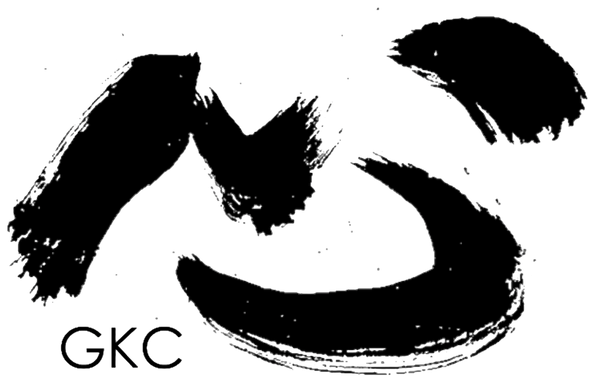Guignard Kyoto Collection
Tiger | Suzuki Kason 鈴木華邨 | 1860-1919
Tiger | Suzuki Kason 鈴木華邨 | 1860-1919
Couldn't load pickup availability
Tiger paintings have a long and interesting tradition in Japan. Since the tiger is the "ruler of the earth," with its counterpart, the dragon (as "ruler of the skies and the sky"), depictions of tigers have existed in Japanese painting since the earliest times. Tigers were almost as unreal animals as dragons (dragons, for example, were depicted in the 18th century by Maruyama Ōkyō with such vivid imagination that one could easily forget that the dragon was a fantasy creature).
For a long time, tigers in paintings were only depicted as large, imposing domestic cats. In the 1830s, however, everyone had the opportunity to marvel at a real tiger at a fairground in western Japan.
With Ganku (1749-1838), the image of tigers in Japan changed significantly. This painter had the opportunity to observe a live tiger in Edo (Tokyo) and create direct drawings of it. After Ganku, the development toward realism continued rapidly and, unfortunately, often culminated in artistically dubious naturalistic-romantic tiger portraits by various painters in the 20th century.
Kason is a somewhat tragic painter. He is still firmly rooted in the Edo period (1603-1867) and never truly distanced himself from his training, which dates back to Maruyama Ōkyō (1733-95). Yet he also failed to truly connect with the avant-gardists of the Meiji Restoration. Nevertheless, his talent never ceases to amaze. Hardly any other painter created such a gripping tiger visage around the turn of the last century. Kason works with white paint here, something that would have been unheard of in the past (white was generally considered the color of the unpainted ground—paper or silk). The snow-white whiskers are particularly effective in the otherwise yellowish tones from which the entire animal is modeled. In order not to diminish the effect of the impressive face, Kason omits many body details - only one paw is shown and a small part of the tail in the upper right is intended to give an idea of how far the imposing predator's body extends back outside the picture plane.








